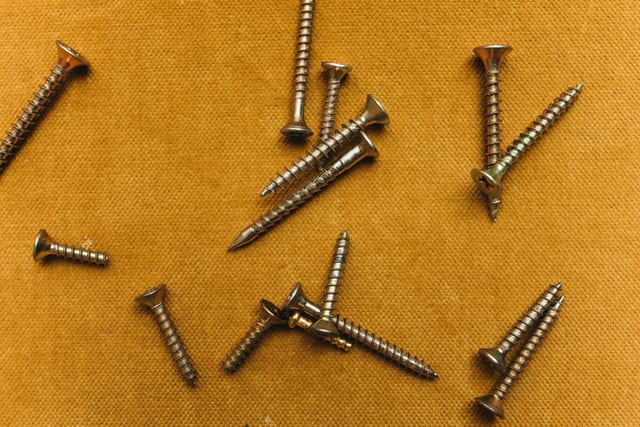
Screws are often categorized according to their head. All screws have a head. The head, of course, is the uppermost part of a screw. It connects to the shank, which is the threaded body. You can install screws by driving them into a workpiece via the head.
There are different types of screw heads, however. Some screws have a truss head, whereas others have a pan head. Truss head and pan head screws feature a similar shape, but they aren’t necessarily the same.
What Are Truss Head Screws?
Truss head screws are threaded fasteners with a mushroom-shaped head. They have a wide and slightly rounded head that resembles a mushroom. With their mushroom-shaped head, truss head screws will protrude out of the workpieces in which they are installed. They won’t sit flush with workpieces. After driving a truss head screw all the way into a workpiece, the head will protrude out.
What Are Pan Head Screws?
Pan head screws are threaded fasteners with a similar non-countersunk, mushroom-shaped head. They are commonly used to fasten wooden workpieces. Pan head is one of the most common types of screws. They are known as “pan head screws” because their head resembles a pan.
Differences Between Truss Head and Pan Head Screws
Truss head and pan head screws have a similar shape. They are both rounded, and they are both non-countersunk. You can also find them in different head recesses. Whether truss head or pan head, screws are available in different head recesses. The head recess, of course, determines the type of bit with which a screw can be installed and removed. Some truss head screws and pan head screws have a Philips head recess, whereas others have a flat head recess.
Being that they look similar, you might be wondering how truss head and pan head screws differ from each other. The main difference lies in their profile. Truss head screws typically have a lower profile than pan head screws.
Both truss head and pan head screws will protrude out of the workpieces in which they are installed. This is a defining characteristic of all non-countersunk screws. Truss head and pan head screws are non-countersunk, so they’ll produce out of workpieces. With that said, truss head screws have a lower profile than their pan head counterparts.
The low profile of truss heads means that they’ll sit lower on workpieces. The head won’t produce as far out of the workpieces as pan head screws. Pan head screws have a higher profile, so the head protrudes farther out.
